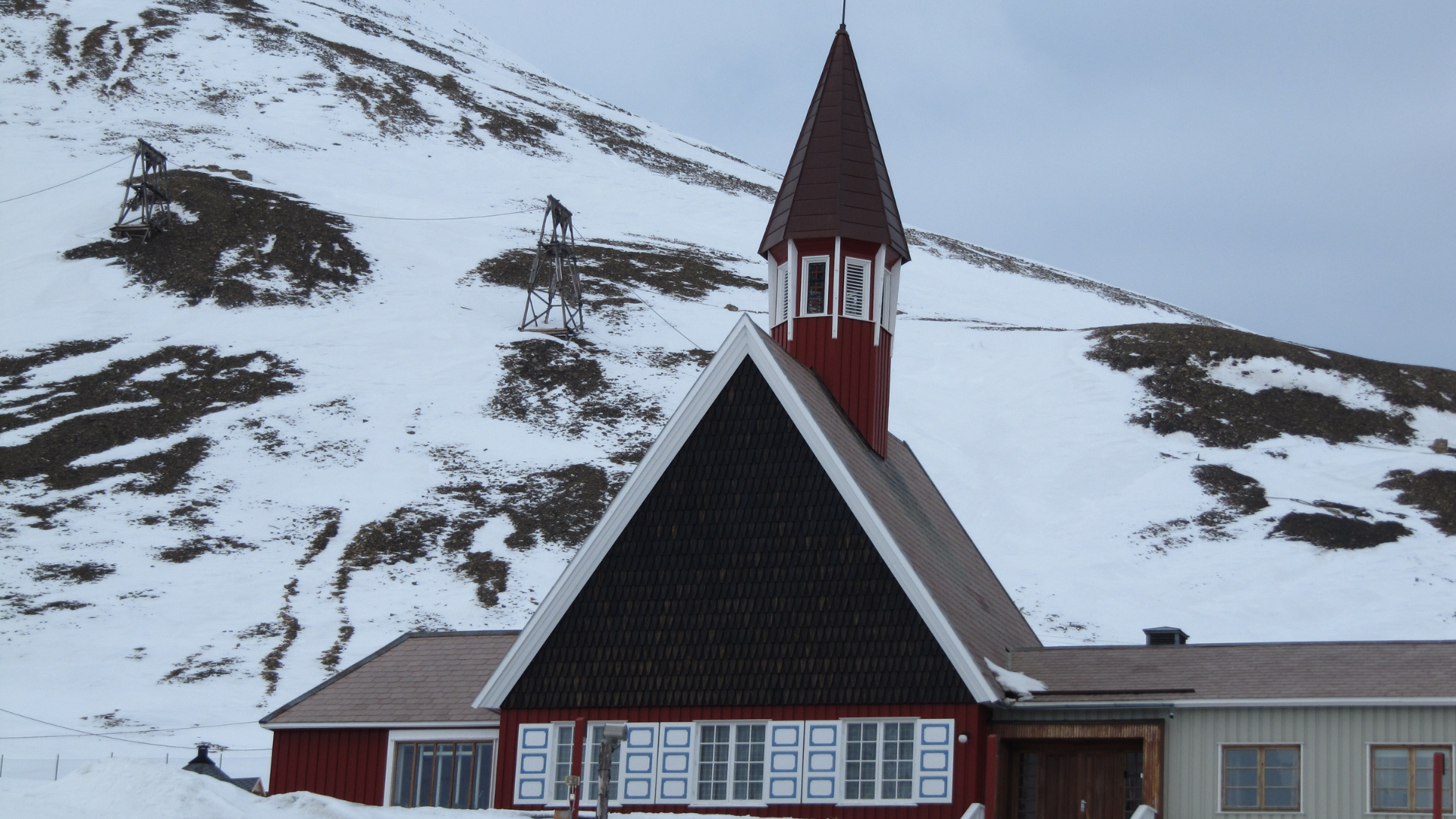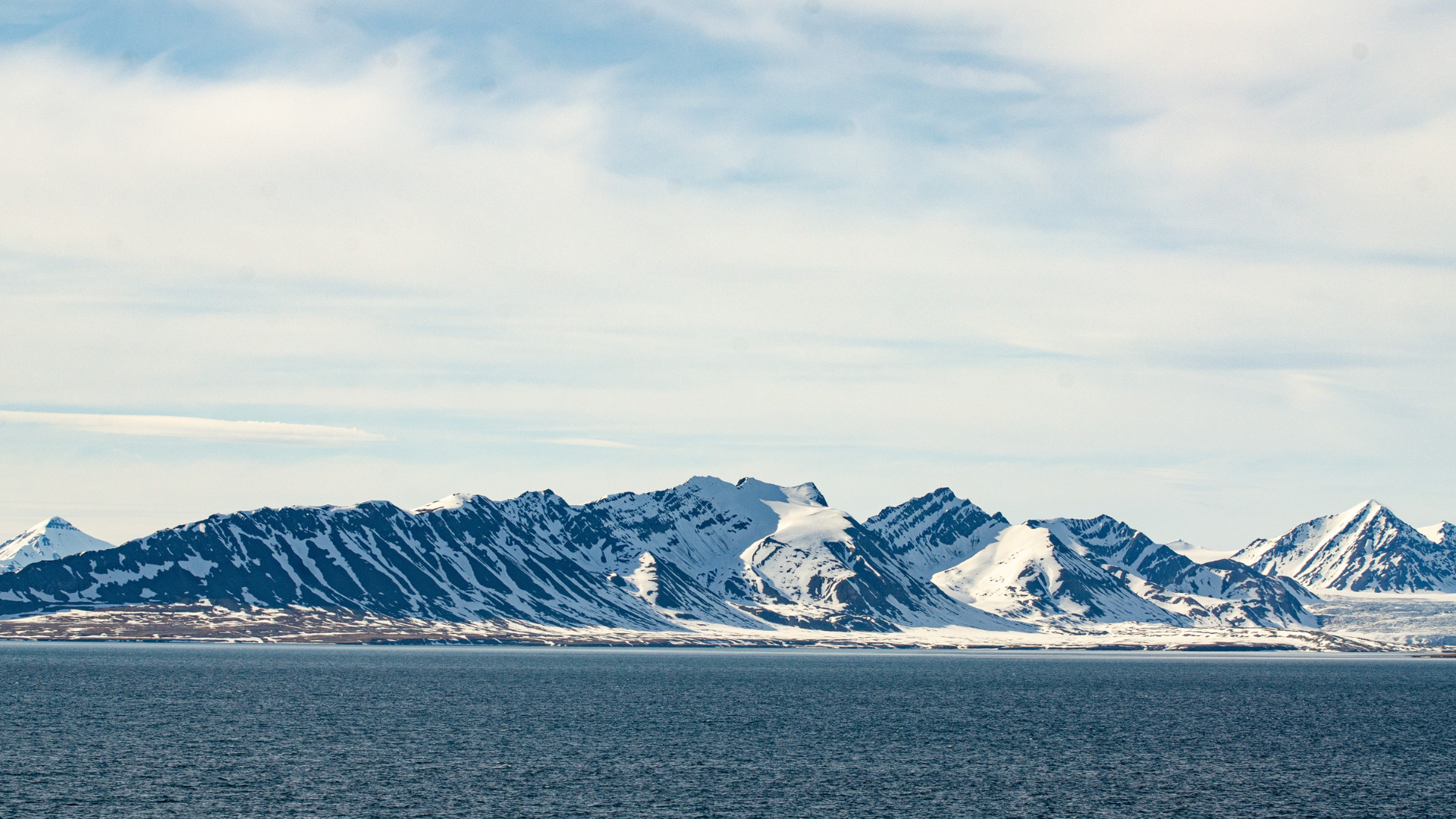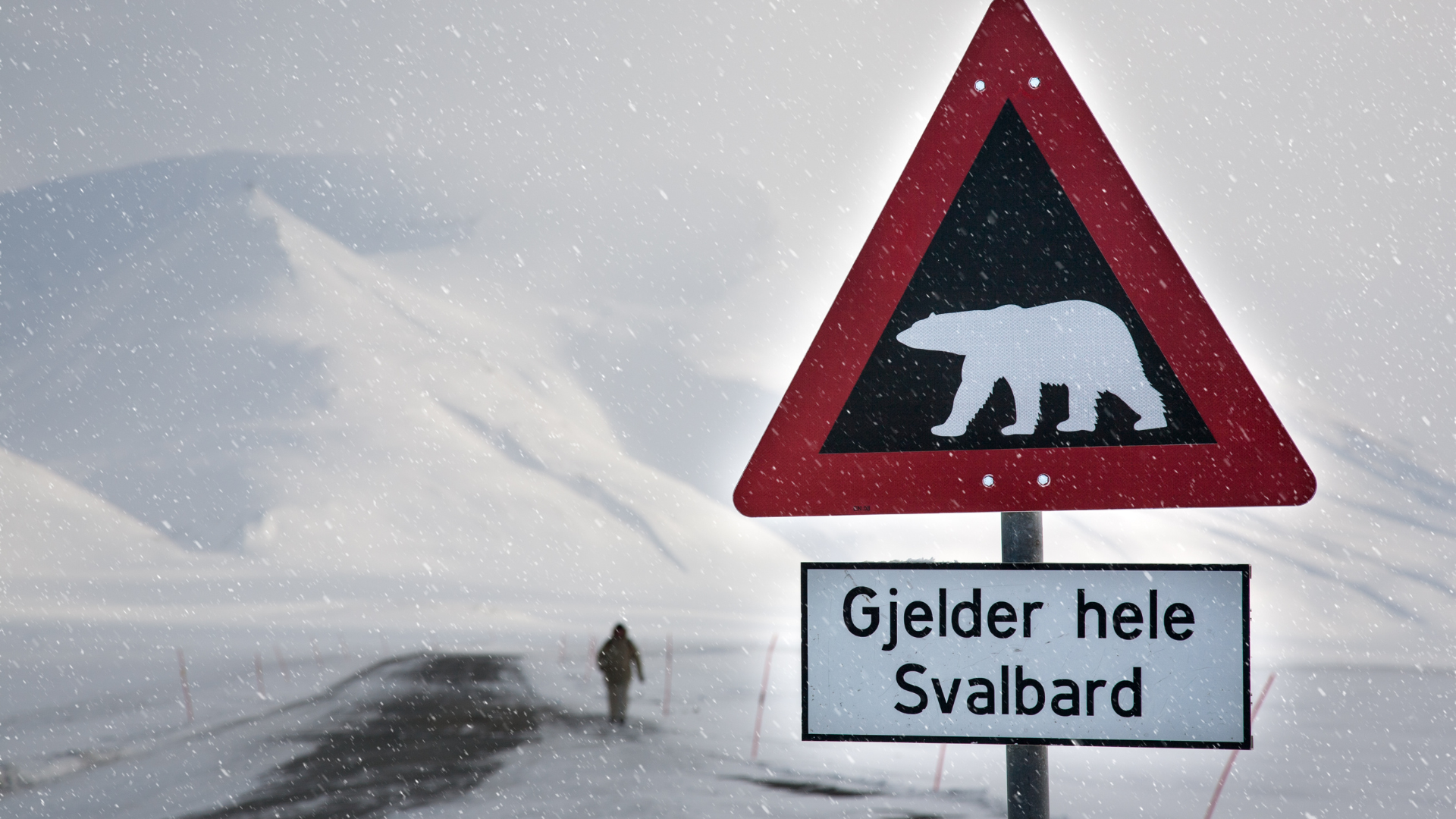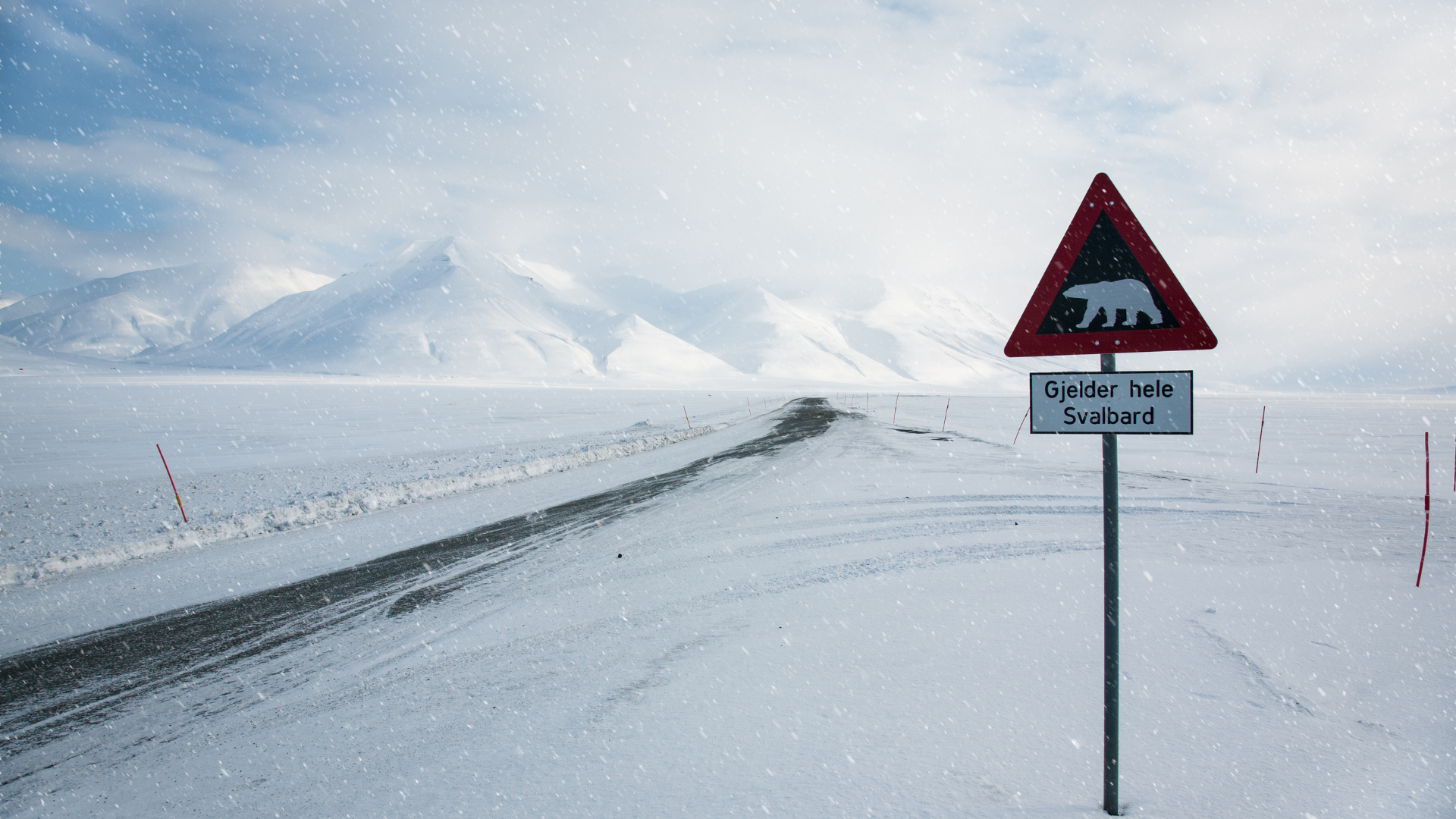Svalbard Weather: Navigating the Arctic Climate
When planning a journey to Svalbard, one cannot overlook the crucial factor of weather, particularly the ever-changing temperatures that define life in the Arctic. Situated within the Arctic Circle, Svalbard experiences extreme weather conditions, with temperatures fluctuating dramatically throughout the year. Understanding the nuances of Svalbard's temperature variations is essential for travelers and residents alike.
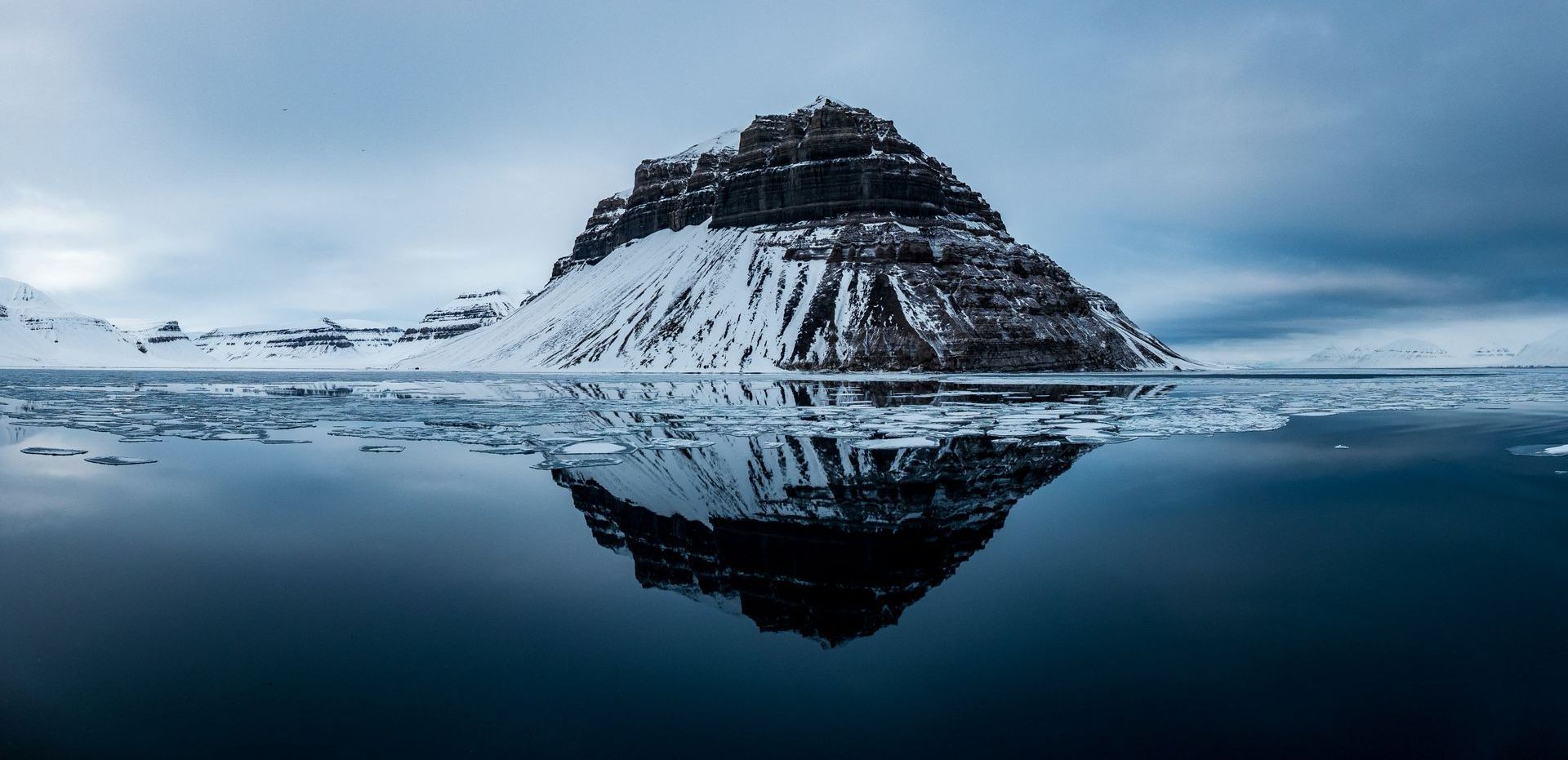
Arctic Temperature Extremes
Svalbard's climate is characterized by its extreme temperatures, with winters plunging into bone-chilling cold and summers offering a brief respite of warmth. During the winter months, temperatures in Svalbard can plummet to staggering lows, with averages ranging from -10°C to -20°C (14°F to -4°F). However, it's not uncommon for temperatures to drop even further, reaching depths of -30°C (-22°F) or below on particularly frigid days.
In contrast, the summer season brings a temporary thaw to the Arctic landscape, with temperatures rising to more comfortable levels. Average summer temperatures in Svalbard hover around 4°C to 6°C (39°F to 43°F), providing a brief window of milder weather for exploration and outdoor activities. Despite the relative warmth of summer, visitors should still be prepared for chilly conditions, as Arctic weather can be unpredictable.
Temperature Variations Throughout the Year
Throughout the year, Svalbard experiences significant variations in temperature, with each season presenting its own unique challenges and opportunities. The transition from winter to spring brings gradual warming as daylight hours increase, signaling the onset of the Arctic thaw. However, even in spring, temperatures can remain near or below freezing, with occasional snowfall and icy conditions persisting into April and May.
Summer in Svalbard offers the most temperate conditions of the year, with temperatures rising above freezing and the landscape coming alive with vibrant colors. July and August are considered the warmest months, with temperatures occasionally reaching highs of 10°C to 12°C (50°F to 54°F) on sunny days. Despite the relatively mild weather, visitors should be prepared for sudden changes and be equipped with appropriate clothing for outdoor activities.
As summer gives way to autumn, temperatures gradually begin to decline once again, heralding the return of the Arctic freeze. September and October mark the transition to winter, with temperatures dropping steadily and daylight hours dwindling. By November, winter has firmly taken hold, and Svalbard is enveloped in darkness as temperatures plummet to their lowest points of the year.
Impact of Temperature on Wildlife and Environment
The extreme temperatures of Svalbard have a profound impact on the region's wildlife and environment. Arctic animals, including polar bears, Arctic foxes, and reindeer, have evolved remarkable adaptations to survive in these harsh conditions. Thick fur, insulating blubber, and efficient heat conservation mechanisms enable these creatures to thrive in the frigid Arctic climate.
Temperature fluctuations also play a crucial role in shaping Svalbard's landscape, influencing processes such as permafrost thawing, glacier movement, and sea ice formation. Rising temperatures associated with climate change have led to accelerated melting of glaciers and sea ice, altering ecosystems and posing challenges for indigenous species.
Climate Change and Temperature Trends
In recent years, Svalbard has experienced noticeable changes in temperature patterns, consistent with global climate change trends. Winters have become milder, with less sea ice coverage and higher average temperatures, while summers have seen more frequent heatwaves and melting events. These shifts in temperature have far-reaching consequences for Svalbard's environment, affecting everything from wildlife behavior to sea level rise.
Scientists warn that continued warming trends could have devastating effects on Svalbard's delicate ecosystem, potentially leading to habitat loss, species decline, and increased frequency of extreme weather events. Addressing the root causes of climate change and implementing measures to reduce greenhouse gas emissions are essential for mitigating these impacts and preserving the Arctic's unique biodiversity.
Navigating the weather in Svalbard, with its extreme temperatures and seasonal variations, requires careful planning and preparation. Whether braving the Arctic chill of winter or enjoying the fleeting warmth of summer, travelers to Svalbard must dress appropriately and remain vigilant against the elements. By understanding the nuances of Svalbard's temperature patterns and the broader context of climate change, visitors can fully appreciate the beauty and resilience of this remote Arctic wilderness.
As we continue to witness the effects of climate change on Svalbard and other Arctic regions, it is more important than ever to take action to protect these fragile ecosystems. By advocating for sustainable practices, supporting conservation efforts, and raising awareness about the importance of preserving the Arctic environment, we can help ensure that future generations can experience the wonders of Svalbard for years to come.



